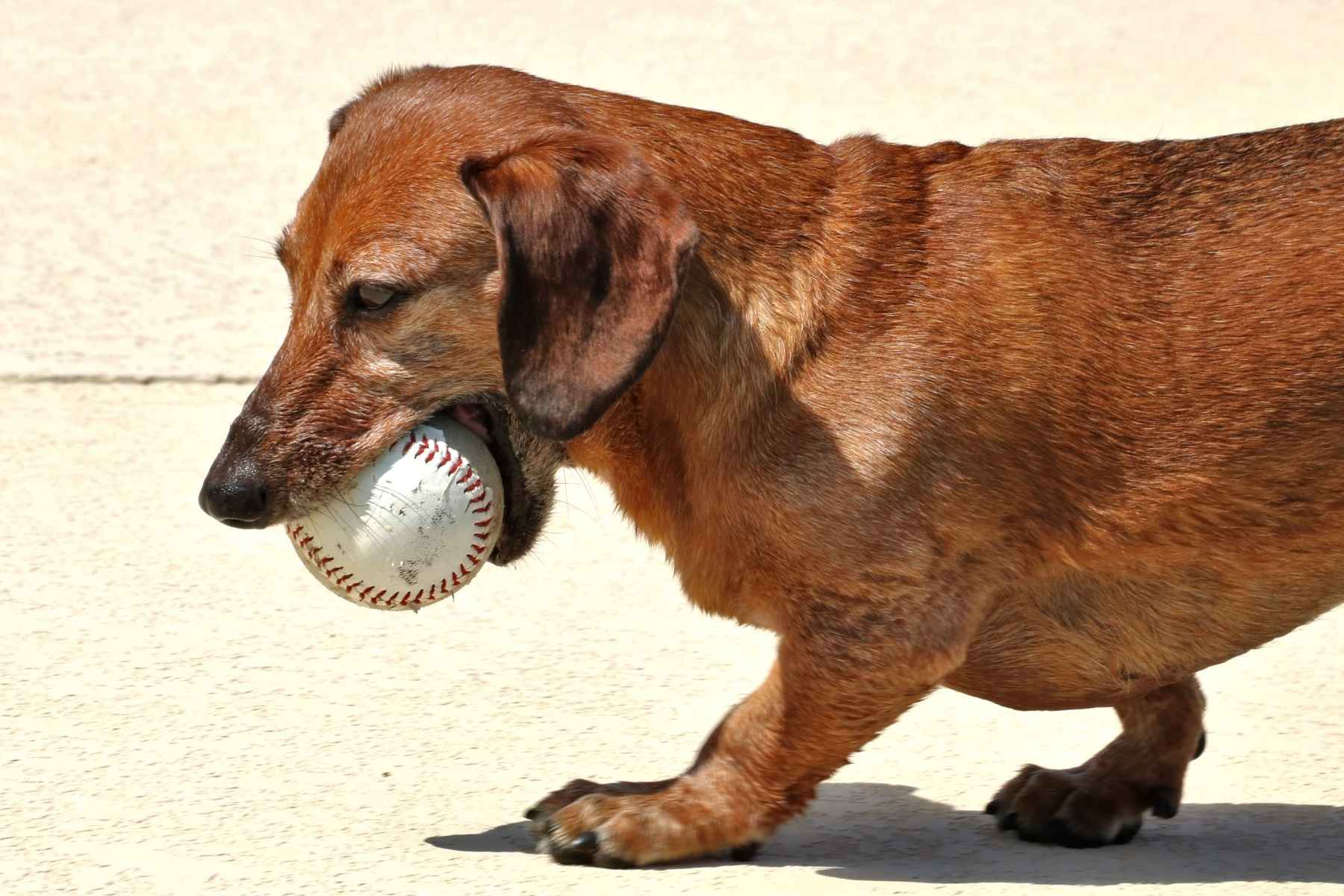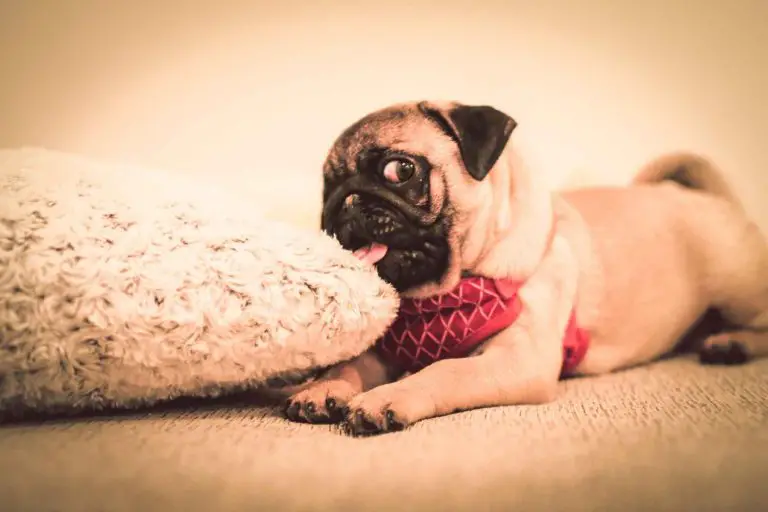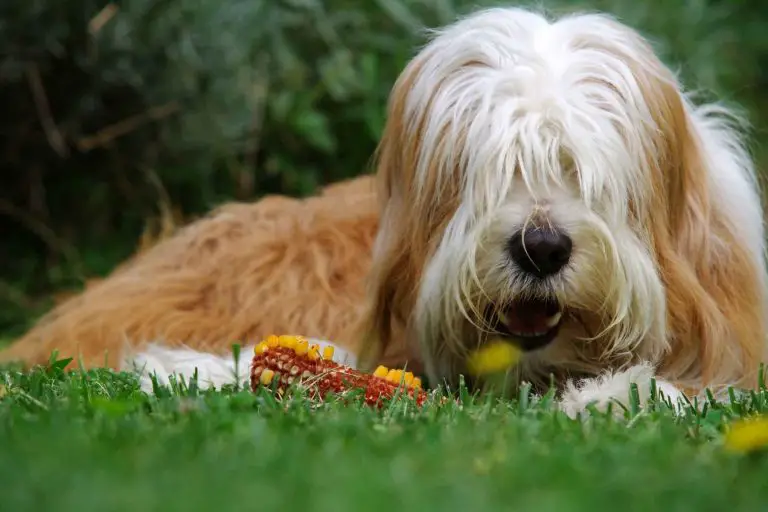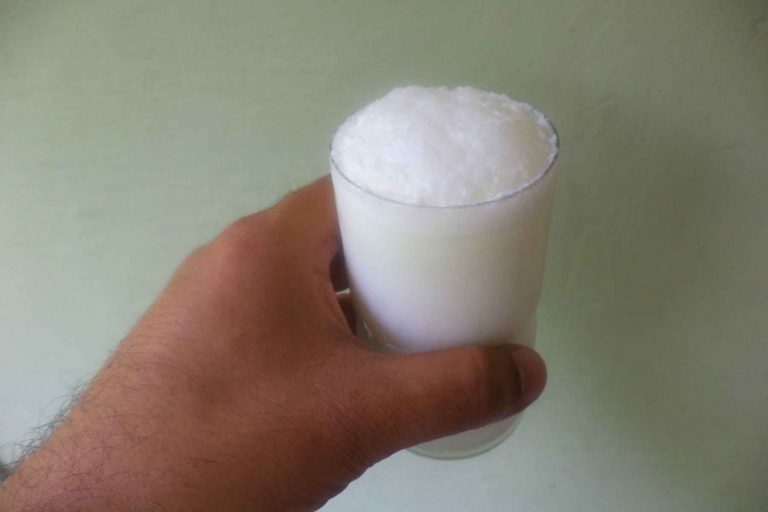Can Dogs Chew on Baseballs?

I decided to find out for myself. I took a bunch of baseballs and put them in front of my dog, and he didn’t even seem interested. He was just playing with them. Then I tried putting them in his mouth and he quickly spit them out.
But wait…what happened next? My dog started eating the ball!
So, can dogs chew on baseballs? Yes, they can, and it’s okay until the baseball breaks. If your dog breaks the ball all the small pieces of yarn, rubber, and leather can cause an obstruction if swallowed. So, if your dog is a heavy chewer and might destroy the baseball, you should probably choose a dog toy that is safer.
Do dogs like to chew on baseballs?
Dogs love chewing on things. They’re not picky eaters, and they’ll happily gnaw on just about anything.
That includes baseballs. So, yes, dogs like chewing on baseballs. But, make sure the ball is safe. The seams should be smooth and unbroken. And, avoid balls that are too hard or soft.
Soft balls are dangerous because they break easily and can cause injury. Hard balls are dangerous because they may splinter inside your dog’s mouth or cause damage to your dog’s teeth.
Do all dogs like to chew on baseballs?
No, not all dogs like to chew on baseballs. Some dogs simply aren’t interested in chewing at all. Some dogs like to chew on hard materials, like wood, plastic, or metal.
Others like to chew on soft materials, like plush toys, cotton balls, or socks. And still others like to chew on food treats, like cheese sticks, beef jerky, or peanut butter.
So if you’re looking for a way to reward your dog, you’ve got lots of options.
Why do some dogs prefer to chew on baseballs over other toys?
Dogs love to chew on things, and for some, baseballs are the perfect toy. There are a few reasons why baseballs may be especially appealing to dogs.
- First, baseballs are made of rubber, which is a material that dogs like to chew on.
- Second, baseballs are round and have exciting textures that appeal to dogs’ sense of taste and touch.
- Third, when a dog chews on a baseball, it makes a noise that is similar to the sound of other toys being played with. This can be exciting for dogs and make them want to chew on the ball even more.
While it’s okay for your dog to play with a baseball occasionally, you should always remove any pieces that come off the ball so they don’t get swallowed or choked on. And if the ball starts to get damaged where pieces may come off, it’s best to take it away from your dog altogether.
How can I get my dog to stop chewing on baseballs?
There are a few things you can do to try and get your dog to stop chewing on baseballs. One is to provide them with suitable chew toys and then gradually remove them over time.
Watching your dog play with balls can help you see if it might be chewing too aggressively. If your dog doesn’t tear apart the ball and swallows pieces, supervising them will make sure they don’t eat things that may cause harm to their digestive system.
If your dog starts chewing on things, take the ball away and try again later or try a different toy.
Are rubber balls toxic for dogs?
There are a few concerns when it comes to rubber balls and dogs. For one, some believe that the rubber in these balls can be toxic for our furry friends.
This is because the material may contain harmful chemicals which can be dangerous if ingested by a dog. In addition, baseballs tend to split open and create small pieces that pose a choking hazard.
So while they may be less expensive than other chew toys, they’re not necessarily the safest option for your pet.
If you want to be on the safe side we recommend sticking with Kongs or Nylabones instead of baseballs – both of which are made from non-toxic materials and will last much longer.
What happens if a dog eats leather from a baseball?
Dogs are not able to ingest leather, so it poses a risk of gastrointestinal obstruction. If a dog eats leather from a baseball, it can cause an obstruction.
Pet owners should discourage their pets from chewing leather. There are precautions that can be taken to minimize the risk of leather being eaten and potentially causing harm, such as supervision for at least the first few times your dog plays with a ball containing leather.
If your dog seems to chew aggressively, you should watch it closely for signs that it might eat the ball. It is best to take the ball away if its chewing habits seem concerning.
What to do if your dog is choking on a ball?
It’s important to know what to do if your dog is choking on a ball. The first thing you should do is try and remove the ball from their mouth. If that’s not possible, you should try to clear their airway.
If the object is still lodged in their throat, you should perform CPR. Finally, seek medical attention for your pet immediately!
What are some alternative chew toys for dogs?
Chew toys are designed to satisfy a dog’s natural urge to chew. Chewing toys provide exercise for your dog’s jaw muscles, teeth, gums, tongue, lips, and throat.
Several chews are available, including rawhide bones, rubber bones, rope toys, nylon rope toys, and plastic toys. Some chews come with bells attached, allowing your dog to play with his toy and hear the sound of the bell.
Rawhide Bones
Rawhide bones are made from cow hide. Rawhide bones are very durable and may last up to one year. Rawhide bones are safe for dogs to eat, but they should be fed sparingly.
Rubber Bones
Rubber bones are made from latex rubber. Rubber bones are safe for dogs, but they should be used carefully. Because rubber bones are soft, they can easily break apart. If your dog has trouble swallowing, he may choke on a rubber bone.
Rope Toys
Rope toys are made from cotton rope. Ropes are safe for dogs to chew on, and do not contain any chemicals or additives.
Nylon Rope Toys
Nylon rope toys are made from synthetic materials. Nylon ropes are safe for dogs to use.
Plastic Toys
Plastic toys are made from polyethylene terephthalate (PET). These toys are safe for dogs to consume, but they should be cleaned frequently. Plastic toys are often preferred over rope toys because they don’t require much maintenance.
Bell Toys
Some chews come with bells. Bells allow your dog to play with the toy and hear the sound.
How to Choose the Best Chew Toy for Your Dog
When choosing a chew toy for your dog, consider these factors:
• Size – The size of the toy affects how much your dog can chew. Smaller toys tend to break down faster than larger ones.
• Durability – A durable chew toy lasts longer than a cheap one. Cheap toys tend to fall apart quickly.
• Safety – Chews that are unsafe for dogs include those made from glass, wood, and leather.
• Maintenance – Chews that need frequent cleaning are difficult to clean. Cleaning a toy can take a lot of time and effort.
• Ease of Use – Chews that are difficult to assemble are harder to use.
• Cost – Chews that cost too much are expensive. Chews that are inexpensive are usually low quality.
• Weight – Chews that weigh too much are heavy. Lightweight chews are easier to handle.
• Shape – Chews that are round or oval are easy to hold and manipulate. Round and oval shapes are safer for your dog.
Consider the shape and surface of the toy
• Avoid toys that are too small. Too-small toys are dangerous because they can easily break into pieces that your dog could swallow.
• Avoid toys that have sharp edges. Sharp edges can cut your dog’s mouth or gums.
• Avoid toys with rough surfaces. Rough surfaces can damage your dog’s teeth and gums.






